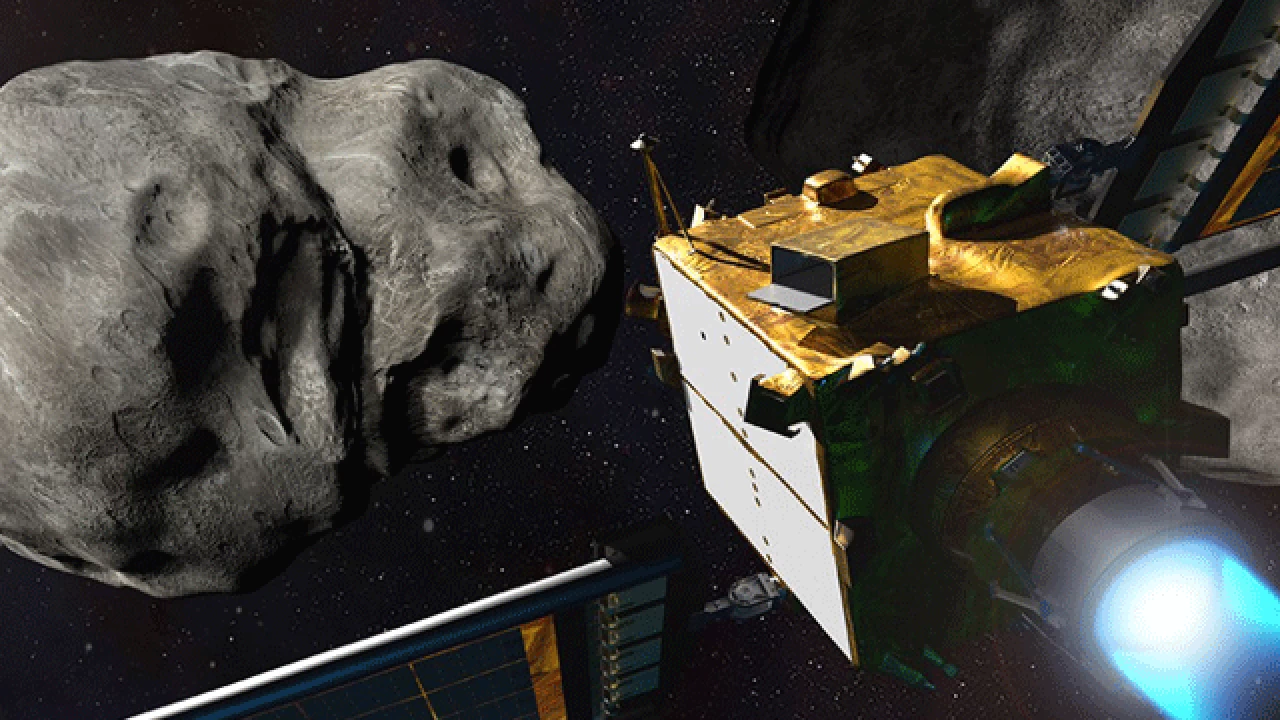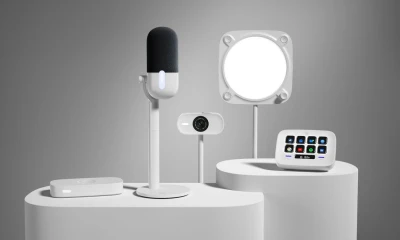Technology
NASA suicide spacecraft ready to attack celestial rock
Spacecraft will help protect the Earth from a possible meteorite collision

California: NASA is sending a 330 million (approximately Rs. 58 billion) suicide spacecraft into space that will help to change the course of an asteroid that might be heading towards the Earth.
According to the National Aeronautics and Space Administration (NASA), a 330 million (approximately Rs. 58 billion) spacecraft will be sent into dark space later this month that will collide with an asteroid and change course. This will help protect the Earth from a possible meteorite collision.
At a cost of 330 million, 'Dart' will try to change its orbit by colliding with a meteorite called Mission Die Morpheus. Although it does not pose a threat to Earth, NASA wants to test the technology to see if a collision can avert a catastrophe.
Double Asteroid Redirection Test (DART) One, the suicide spacecraft was developed for NASA by Johns Hopkins University’s Applied Physics Laboratory. This twin meteorite is a terrestrial enemy of rocks and will collide with a small meteorite with a diameter of barely 160 meters. Both dy morphs meteors revolve around our sun. The second planet is called Daimus, which is five times larger than Daimorphs. Dye morphs are actually revolving around dye demos.
Johns Hopkins scientist Nancy Shibo stated that if this experiment proves to be correct, it will be possible to save the planet itself from such dangers in the future. According to Nancy, the best and least costly way to push a meteor is to change its direction or speed.
In September or October next year, it will blow its head off at dymorphs at speeds of more than six kilometers per second. Under the plan, its orbit will change and its speed will increase by 73 seconds. That is, the speed of dymorphs will increase as the large meteorite orbits around Dimos.
-

 World 20 hours ago
World 20 hours ago10 including army chief killed in Kenyan helicopter crash
-

 Regional 2 days ago
Regional 2 days agoAmazon is filled with garbage ebooks. Here’s how they get made.
-

 Pakistan 1 day ago
Pakistan 1 day agoUse of plastic bags banned across Punjab
-

 Pakistan 1 day ago
Pakistan 1 day agoJoint session of Parliament: Zardari's address, opposition protests
-

 Sports 1 day ago
Sports 1 day agoBabar Azam wonders amid differences with Shaheen Afridi
-

 Pakistan 2 days ago
Pakistan 2 days agoBy-elections: Two exams of intermediate postponed
-

 Sports 19 hours ago
Sports 19 hours agoVideo goes viral of meeting Babar Azam, Shaheen Afridi
-

 Pakistan 2 days ago
Pakistan 2 days agoCourt postpones hearing on May 7 on Toshakhana reference































